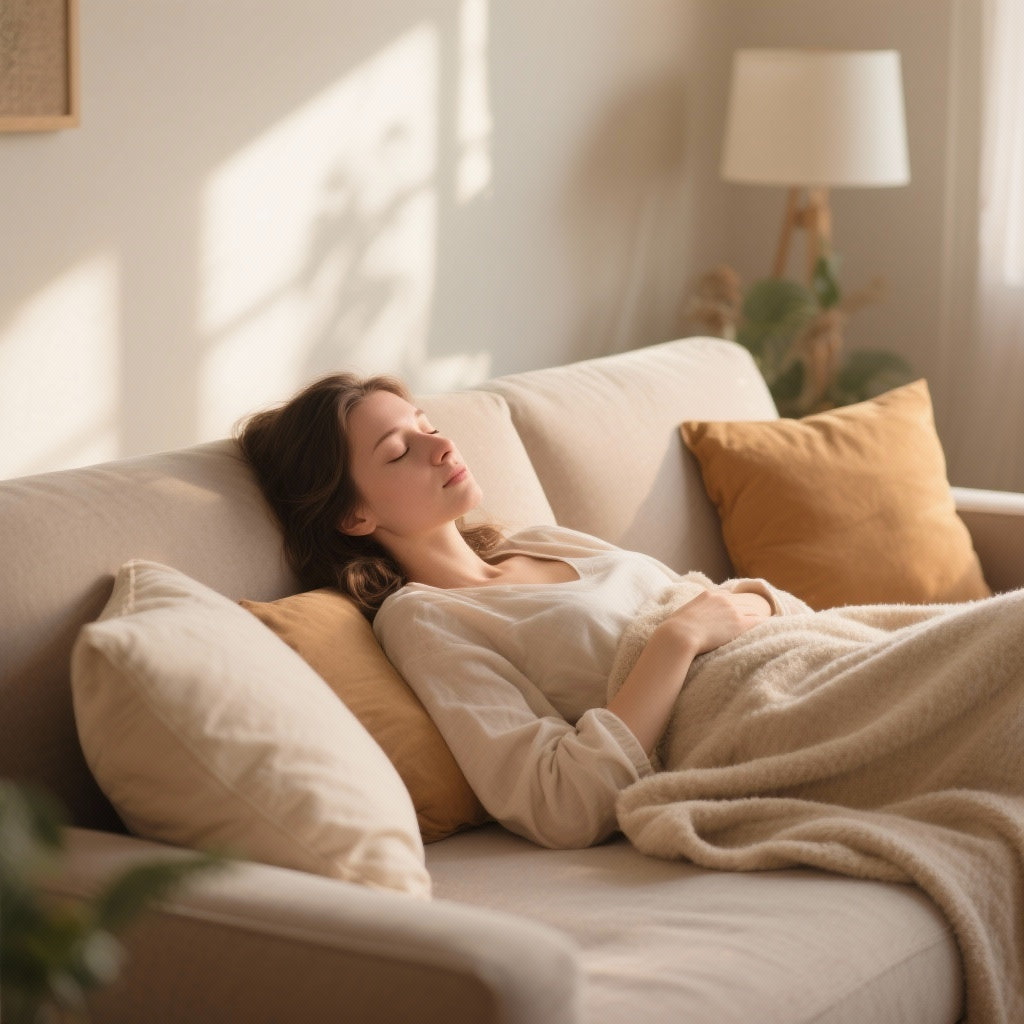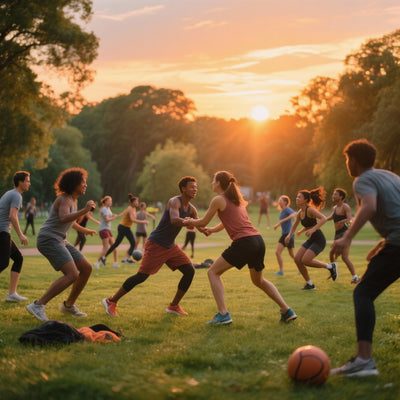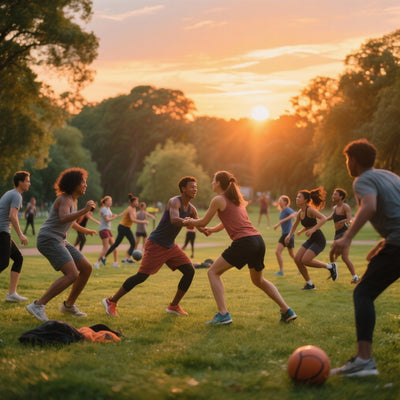The Art of the Perfect Nap: How Long and When?
In a world where efficiency and productivity are constantly valued, taking the time for a nap might seem counterintuitive. Yet, far from being a waste of time, napping can be a powerful tool for improving your physical and mental well-being. But what is the ideal nap length? And when is the best time to enjoy one? This article explores the art of the perfect nap, drawing on scientific studies and expert advice.
We'll break down the different types of naps, their specific benefits, and how to effectively integrate them into your daily routine. Whether you're a fan of power naps or prefer a longer rest, you'll find the information you need to optimize your experience and get the most out of it. Get ready to rediscover the restorative power of a moment of calm and rest.
The Different Types of Naps and Their Benefits
There are different types of naps, each with its own advantages and disadvantages. Choosing the ideal duration will depend on your individual needs and schedule. Here's an overview of the main categories:
- The power nap (10-20 minutes): Ideal for a quick energy boost and improved alertness. It helps avoid the groggy feeling often associated with longer naps.
- The 30-minute nap: Can improve concentration and cognitive performance, but can also lead to a brief period of disorientation upon waking.
- A 60-minute nap: Beneficial for learning and memory consolidation. It allows you to go through several cycles of light sleep.
- A 90-minute nap: This corresponds to a complete sleep cycle, including REM sleep. It can improve creativity, procedural memory, and reduce stress.
It's important to note that the effects of napping can vary from person to person. Experiment with different durations to determine what works best for you.
When is the best time to take a nap for maximum effectiveness?
The ideal time for a nap depends on your circadian rhythm and sleep habits. Generally, mid-afternoon (between 1 p.m. and 3 p.m.) is when most people experience a natural energy dip, making it a good time for a nap.
However, it's important to avoid napping too late in the day, as this can disrupt your nighttime sleep. If you have trouble falling asleep at night, try napping earlier in the afternoon or shortening your nap.
Listen to your body and adapt your nap routine to your individual needs. Some people can benefit from a daily nap, while others only need one occasionally.
How to Optimize Your Nap: Tips and Tricks
To get the most out of your nap, here are some tips and tricks to follow:
- Create a sleep-friendly environment: Choose a quiet, dark, and cool place for your nap. Use a sleep mask and earplugs if needed.
- Establish a routine: Try to take your nap at the same time every day to regulate your biological clock.
- Limit your caffeine intake: Avoid drinking coffee or other stimulating beverages in the hours before your nap.
- Set an alarm: Make sure you set an alarm so you don't sleep too long.
- Wake up gently: Avoid waking up abruptly. Take a few minutes to stretch and reorient yourself.
"Napping is not a sign of laziness, but an act of self-care and productivity." - Sara Mednick, sleep researcher.
The Scientific Benefits of Napping
Numerous scientific studies have demonstrated the benefits of napping on physical and mental health. Here are some of the most important advantages:
- Improved cognitive performance: Napping can improve concentration, memory, creativity, and decision-making.
- Stress and anxiety reduction: Napping can help lower levels of cortisol, the stress hormone, and promote relaxation.
- Mood improvement: Napping can contribute to a feeling of well-being and happiness.
- Boosting the immune system: Napping can help stimulate the production of immune cells and fight infections.
- Reducing the risk of cardiovascular disease: Some studies have suggested that regular napping may reduce the risk of heart attack and stroke.
Naps and Circadian Rhythms: Understanding the Internal Clock
The circadian rhythm, our internal biological clock, plays a crucial role in regulating sleep and wakefulness. Understanding how it works is essential to maximizing the benefits of napping.
Naturally, our bodies experience energy dips at certain times of the day, particularly in the mid-afternoon. This is the ideal time for a nap, as it aligns with our body's natural fatigue signals.
However, it is important not to disrupt your circadian rhythm by taking naps that are too long or too late, as this could impact the quality of your nighttime sleep.
Naps and Productivity: An Unexpected Ally
Contrary to popular belief, napping is not a waste of time for people who want to be productive. On the contrary, it can be a real asset.
A short nap of 10 to 20 minutes allows you to recharge your batteries, improve concentration, and increase alertness. It is particularly useful for people working on complex tasks requiring sustained attention.
In addition, napping can stimulate creativity by promoting the consolidation of information and opening the mind to new perspectives.
Conclusion: Embrace the Art of the Perfect Nap
Napping is a valuable tool for improving your physical and mental well-being. By understanding the different types of naps, choosing the right time to enjoy them, and following a few simple tips, you can effectively integrate this practice into your daily routine. Feel free to experiment and adapt your nap routine to suit your individual needs.
So, the next time you feel a dip in energy, don't hesitate to give yourself a well-deserved rest. Your body and mind will thank you.











